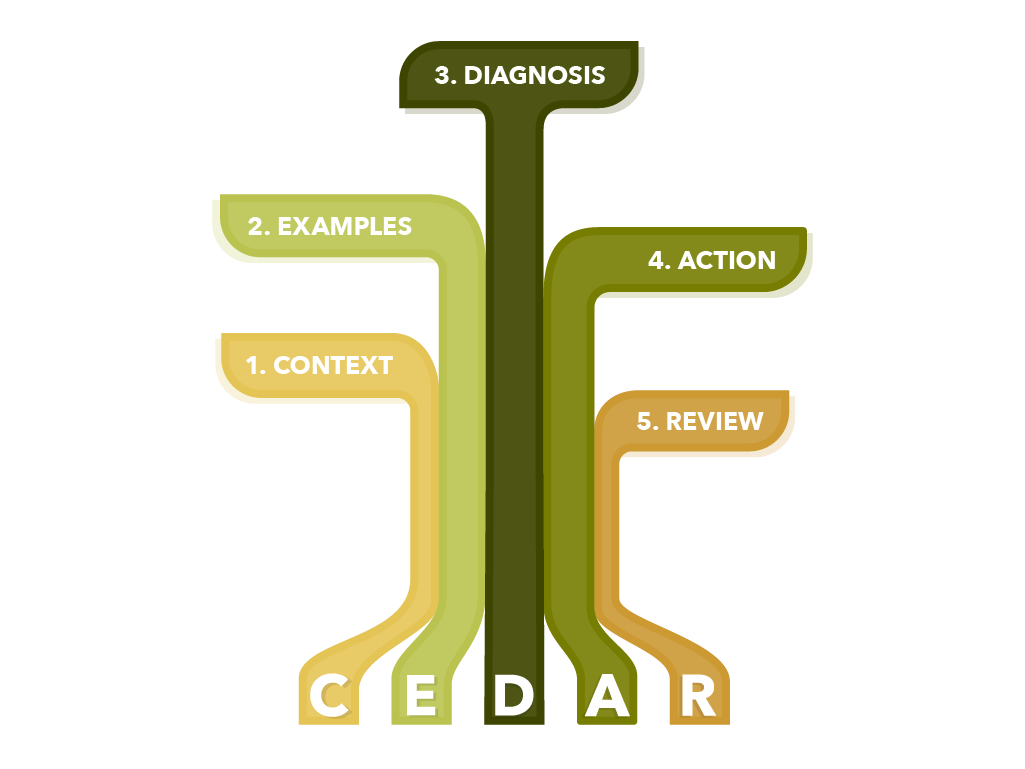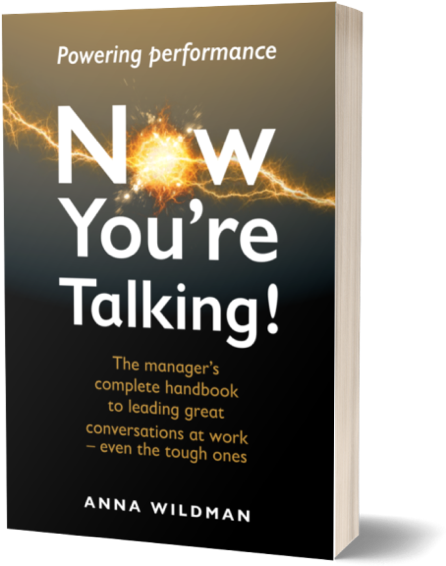Positive Feedback Conversation Guide
Of all the performance conversations you hold, positive feedback is often the most difficult to get right. This seems odd. After all, a bit of praise, happy staff, hey presto!

Of all the performance conversations you hold, positive feedback is often the most difficult to get right. This seems odd. After all, a bit of praise, happy staff, hey presto!

Of all the performance conversations you hold, positive feedback is often the most difficult to get right. This seems odd. After all, a bit of praise, happy staff, hey presto!
But positive feedback is about more than a simple, “Wow, amazing job.” When people accomplish something important or put in special effort, understanding the meaning and significance of that achievement helps them to see how they add value. It also gives them an opportunity to explore how to leverage those capabilities to maximum effect.
Put together, this is both your team’s and organization’s unique edge. It’s what differentiates you from your competitors. And it’s a conversation that needs skilled guidance on your part.
Knowing how to structure the conversation will give you confidence and help you to engage your team member in the most productive way.

The CEDAR steps have been developed from thousands of real-life conversations between managers and their people and will help you to get the best out of the conversation. Here’s how to use them to lead your positive feedback conversations.
Context
A piece of feedback is like a free-floating fragment of information. Putting it into the wider context at the beginning of your discussion anchors that fragment, helping each person to see how important it is and how it fits into their overall performance. To place the feedback within the bigger picture:
Illustrating the situation with concrete examples is the best possible way to create clarity. To explore examples:
Crucially, people need to understand why they are where they are. Helping them to make connections between cause and effect develops crucial insights, insights that can make all the difference to the actions they choose. To explore this step:
Most importantly of all, feedback needs to help people decide what to do next in the light of their feedback. With positive feedback, this means thinking how best to leverage their capabilities: as the saying goes, “Once they’ve nailed it, then scale it.”
The last step is to plan how best to follow up and see how well the actions are working.
Most feedback conversations usually cover both positive and developmental feedback, a mix of things that have gone well and things that have been more challenging. Occasionally, however, aim to hold a conversation about what the person has done well with no “but here’s what you need to improve…”

Our library includes conversation guides, practice tools, bite-size videos, trainer manuals, and much more.
Find out moreWhether through face-to-face and online learning, we build the communication skills
Find out moreDeveloping bespoke performance management systems, total reward strategies and talent programs.
Find out moreAnd if you can see how to improve something, that would be great to know, too!
Get in touch Or call us today: +44 1243 376611